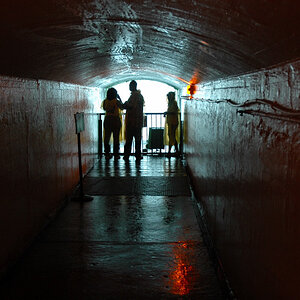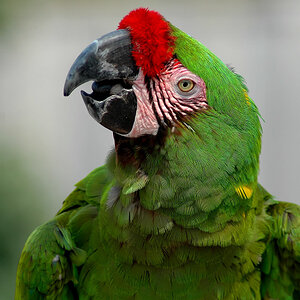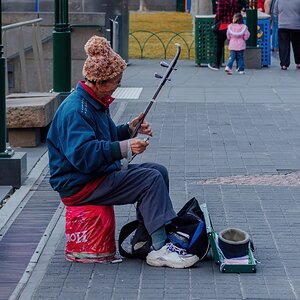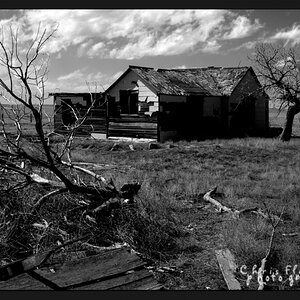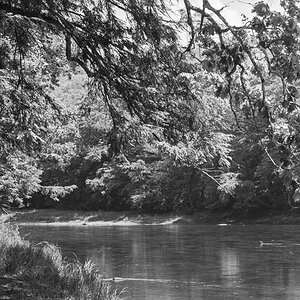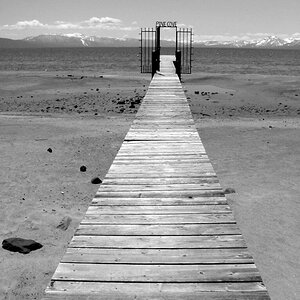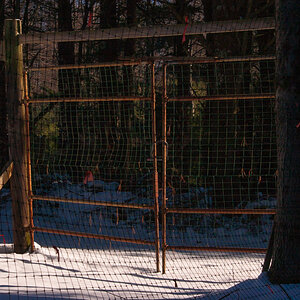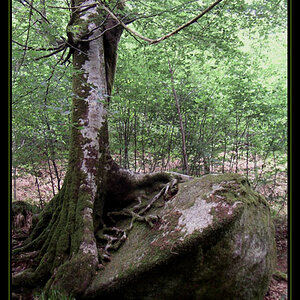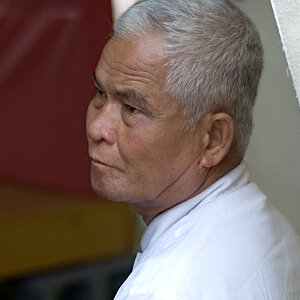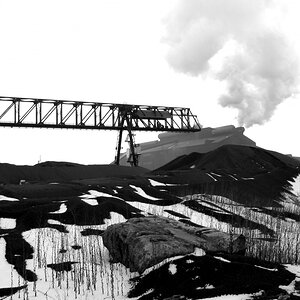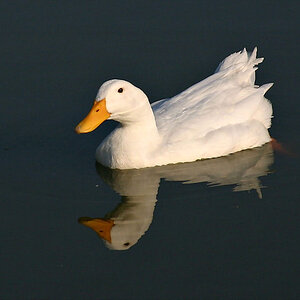Nikonian_Newbie
TPF Noob!
- Joined
- Jul 13, 2020
- Messages
- 3
- Reaction score
- 0
- Can others edit my Photos
- Photos OK to edit
Hi all,
I hope all are well.
I'm fairly new to photography and have just upgraded to the Nikon D850 mainly due to the fact it has the snazzy feature of focus shift shooting (photo stacking). I will be using the camera prominently for product photography but now I have such a beast I'm finding myself taking photos of everything
The reason for my cry for help is that I cannot use the feature whilst tethered to my laptop running Lightroom CC as you can only focus shift shoot when the camera is in live view mode and whilst tethered the camera won't allow this. Annoyingly I am having to disconnect the tether cable every time I take the stacked shots, Is there a way around this as I don't want to wear the camera connection point out?
Many thanks
Aaron
I hope all are well.
I'm fairly new to photography and have just upgraded to the Nikon D850 mainly due to the fact it has the snazzy feature of focus shift shooting (photo stacking). I will be using the camera prominently for product photography but now I have such a beast I'm finding myself taking photos of everything
The reason for my cry for help is that I cannot use the feature whilst tethered to my laptop running Lightroom CC as you can only focus shift shoot when the camera is in live view mode and whilst tethered the camera won't allow this. Annoyingly I am having to disconnect the tether cable every time I take the stacked shots, Is there a way around this as I don't want to wear the camera connection point out?
Many thanks
Aaron


